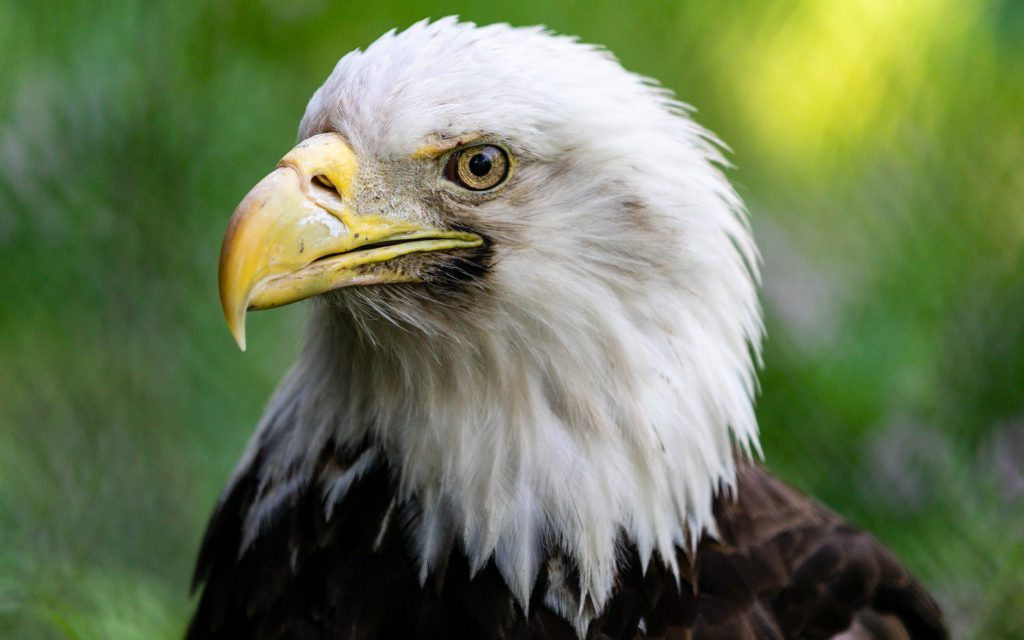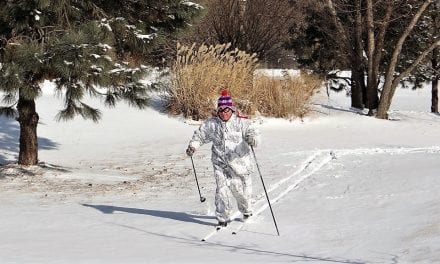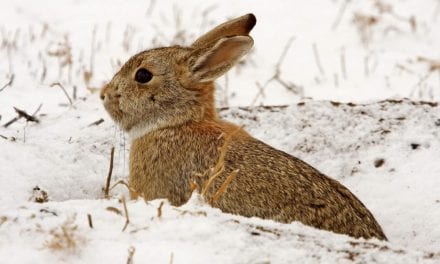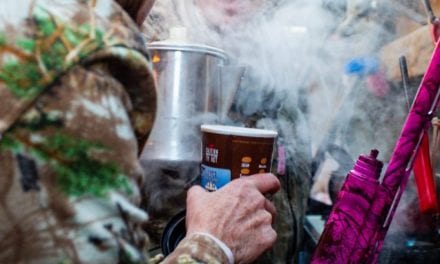The Wildlife Conservation Fund
Enlarge
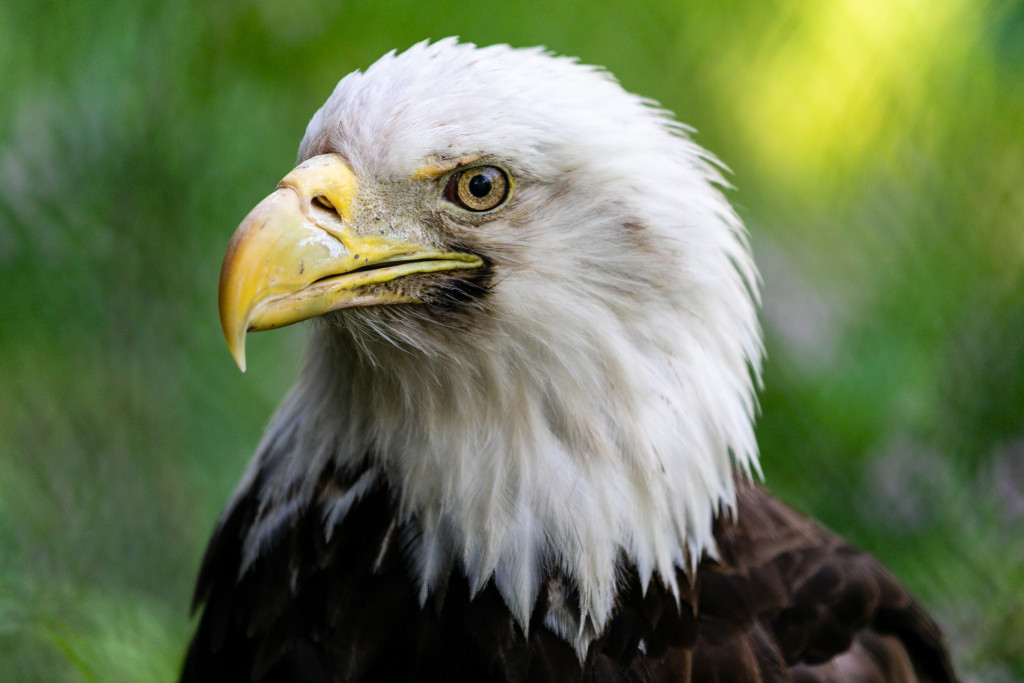
By Renae Blum
The Nebraska state income tax form isn’t known for its wildlife illustrations. Yet, tucked on the second page is a small illustration of a peregrine falcon, along with a space to donate to the Wildlife Conservation Fund.
These tax-deductible donations play a vital role in conserving Nebraska’s wildlife, said Melissa Panella, Nebraska Game and Parks’ wildlife diversity program manager. They form the Wildlife Conservation Fund, which is “one of the primary means that Game and Parks uses to conserve our species of greatest conservation need,” Panella said. “Without it, we wouldn’t be able to do a lot of the programs that we’re doing.”
Since 1984, the Wildlife Conservation Fund has helped the thousands of Nebraska species that are not hunted or fished. It’s been behind some of Nebraska’s biggest conservation success stories, including the comeback of the North American river otter and bald eagle in the state. It’s also funding efforts to protect the monarch butterfly in Nebraska, such as milkweed plantings and habitat restoration.
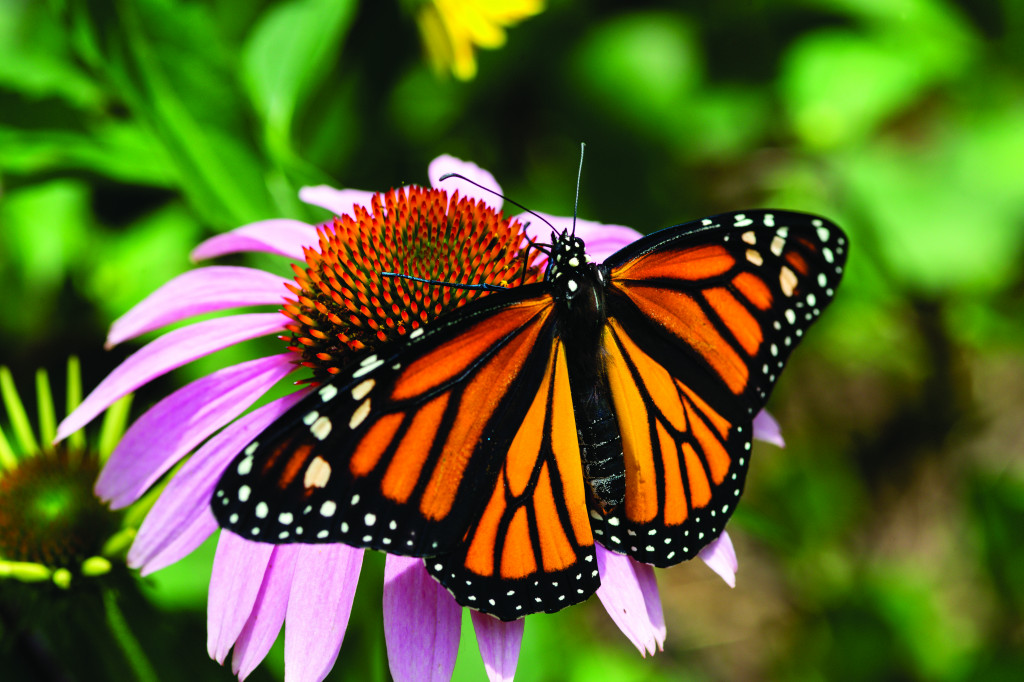
Eric Fowler, Nebraskaland.
“As much as possible, we would like to prevent the need to list species as threatened or endangered,” Panella said. “We also want to recover species so that they may be removed from the threatened and endangered lists.”
Nebraska Game and Parks zoologist Shaun Dunn said the Wildlife Conservation Fund is “absolutely
vital” to a lot of the work he does, providing support for creatures like insects, bats and snakes that may not attract much grant money or public interest, but are still an important part of Nebraska’s native ecosystems. Dunn is currently working on a survey of Nebraska’s eastern spotted skunks, trying to get a sense of where this reclusive species still exists in the state. The Wildlife Conservation Fund is helping his team purchase equipment so they can cover more ground.
“Many projects I do are at least partially funded by the Wildlife Conservation Fund,” Dunn said. “It provides support that allows these projects to happen.”
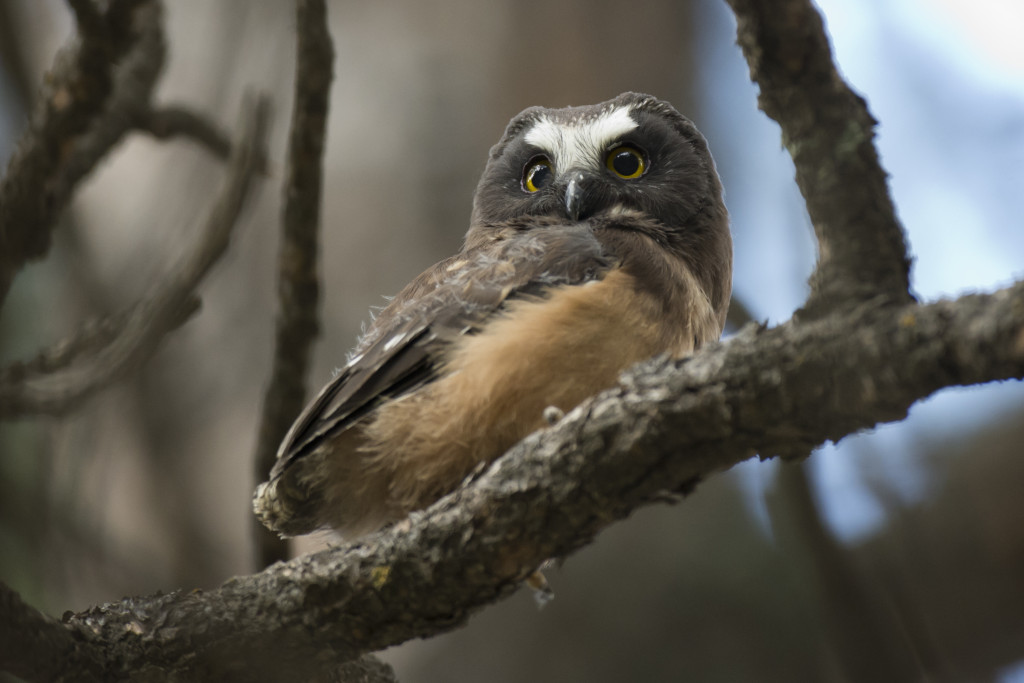
The fund also is helping uncover the secrets of another species, the northern saw-whet owl, which is listed as a “critically imperiled” species in Nebraska. Starting in the fall of 2019, Game and Parks biologists captured, banded and released more than 20 saw-whet owls, hoping to determine whether saw-whets migrate in the eastern part of the state.
“We determined that, while still rare, this species does in fact move through eastern Nebraska during a short time frame in late autumn,” nongame bird biologist Stephen Brenner said. “These banding efforts, supported by the Wildlife Conservation Fund, greatly expand our knowledge of this species in the state.”
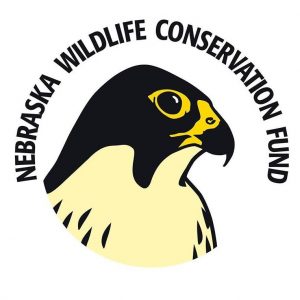
Seeing donations come into the Wildlife Conservation Fund “really impacts me on a personal level,” Panella said, “because I realize that the person cares deeply about the issue. They care about Nebraska’s fish and wildlife; they want to see threatened and endangered species recover.”
And if people didn’t care, Panella said, those species could be lost. “It goes beyond just the dollars,” she said. “By people making that decision to give a donation to the Nebraska Wildlife Conservation Fund, they’re becoming part of something bigger in our state.” ■
How to Give to the Fund
Buy a license plate: Show your conservation pride by buying one of three new Nebraska license plate designs that benefit the Wildlife Conservation Fund. The new plates, which became available Jan. 1, feature a bighorn sheep, sandhill crane and ornate box turtle. Each plate is $5 or $40 for a specialty plate.
On your Nebraska tax form: You may choose to donate all or a portion of your tax refund to the Wildlife Conservation Fund when you complete your taxes.
By check: Checks made payable to the Nebraska Wildlife Conservation Fund may be sent to:
Nebraska Wildlife Conservation Fund
Nebraska Game and Parks Commission
P.O. Box 30370
2200 N. 33rd St.
Lincoln, NE 68503
Online: You can always make a donation to the Wildlife Conservation Fund through NebraskaWildlifeFund.org.
The post Becoming Part of Something Bigger appeared first on Nebraskaland Magazine.

